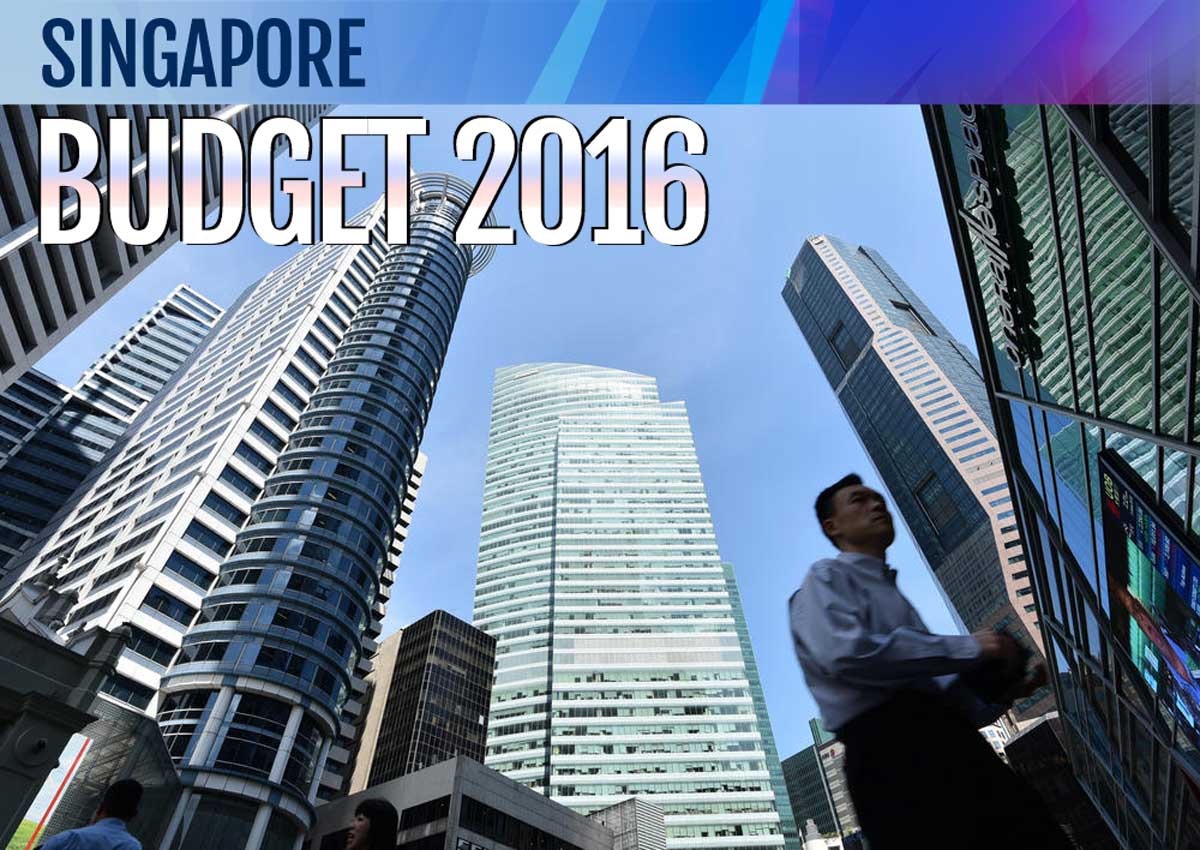Singapore’s government will use its latest budget to boost an economy at risk of technical recession, steering away from the recent focus placed on social spending sweeteners in one of the world’s most expensive cities.
Since 2012, Singapore’s ruling People’s Action Party (PAP) has concentrated its firepower on alleviating livelihood concerns, with measures aimed at addressing the widening income gap, under-investment in public housing and over-burdened transportation infrastructure.
The steps were “a wake-up call for the incumbent party after suffering its lowest public approval ratings in the 2011 general elections,” observed Francis Tan, economist at United Overseas Bank (UOB).
But when new finance minister Heng Swee Keat reveals the 2016-2017 annual budget on Thursday, he’s expected to address ways to lift gross domestic product (GDP) growth from a six-year low in 2015. With both manufacturing and services sectors on the decline, Singapore could enter a technical recession in the first half of 2016, according to major banks.
“The FY15 Budget theme was ‘building our future, strengthening social security,’ but the FY16 budgetary focus will clearly shift back to strengthening the economy by helping companies overcome challenges,” summarized Selena Ling, economist at OCBC.
That means policies will be directed at helping local companies improve revenues and cushion labour market risks, according to widespread consensus.
A return to surplus
Singapore’s accounts are expected to return to surplus this year after the government booked a rare deficit last year; 2015 figures may show the largest shortfall in over seven years at $4.9 billion.
Market players like UOB are betting on a 2016-2017 surplus of around $2.3 billion, or 0.76 per cent of GDP, and local regulations could motivate the government to avoid bleeding red.
“According to Singapore’s constitution, any deficits must be offset by surpluses in other years of the government’s term. As this is the first year, there are no accumulated fiscal reserves, meaning that, if there is a deficit this year, the government will have its fiscal hands tied in future years – which could be problematic if the growth outlook deteriorates. Accordingly, the government is likely to target a neutral fiscal stance,” HSBC explained in a report.
The government also has the capacity to introduce additional fiscal stimulus programs later in the year, outside of the budget, should growth stall.
“One plausible scenario in our view is that the FY16 Budget could be ‘prudent’ in that it does not run an outright deficit position, but allow room for off-budget measures at a later stage should the economy require it,” Ling said.
Enhancing top lines
A gloomy demand outlook and rising business costs has weighed on corporate profits, reflected by a 0.4 percentage point drop in the median return of assets of listed companies in the second quarter last year, according to latest central bank data.
Reduced levies on foreign workers, i.e. the monthly fee local businesses must pay for each foreign worker, could help ease the burden, explained Irvin Seah, economist at DBS.
“Foreign worker levies have been gradually raised in recent years as part of a suite of policies aimed at weaning companies off cheap foreign labour. This has been a major pain point for companies…higher levies add only to higher costs and thinner margins without contributing much to regulating foreign worker inflows.”
Last year’s budget announced a one-year halt on levy hikes and companies have been requesting for an additional deferral this year.
Tax rebates on income derived from abroad to encourage internationalization could however be on the cards, he said. That’s especially important for trade-reliant Singapore, where growth in external-oriented sectors has lagged that of domestic sectors for the past 16 consecutive quarters, UOB’s Tan said.
A special focus may be applied to small-and-medium term enterprises (SMEs), one of the worst hit sectors in the economy. With average profits of the top 1,000 SMEs slumping 9.1 per cent last year, according to credit information bureau DP Information, the government may announce a combination of tax relief and improved development schemes for start-ups.
Hardening the labour market
Singapore’s unemployment rate is low at 1.9 per cent but job creation has greatly stalled over the past year. Only 31,800 jobs were added in 2015, the lowest since the SARS outbreak in 2003, as a result of the slowing economy, pointed out Seah.
Measures to enhance employability of local workers, especially older or low-wage residents, are expected in the form of training schemes and higher wage ceilings, he noted.
Boosting labour productivity could also top the government’s agenda, said Tan.
“Real wages had been rising at 1.1 per cent per annum in the 2010-2015 period. However, real productivity growth was only gaining at 0.4 per cent. If this continues, Singapore will lose out in terms of cost competitiveness in the medium term,” flagged Tan.
Lite sweeteners
2015 was an important year in Singapore’s history as the city-state celebrated its 50th year of independence and marked the passing of its founding father, Lee Kwan Yew. In reflecting the jubilee goodwill, last year’s budget was full of social benefits, including income supplements and healthcare for the elderly.
“But there may not be any blockbuster [social] goodies in this coming Budget,’ warned OCBC’s Ling.
Still, the government can’t completely afford to ignore social safety nets this year.
“Given sustained high cost of living concerns, a further enhancement of Workfare Income Supplement may be on the cards given the last enhancement was in 2013. In particular, the government could further incentivize the employment of elderly Singaporean workers given the demographic ageing,” Ling said.
<img src="http://www.asiaone.com/html/images/logos/CNBC_resized.jpg" border="0"







